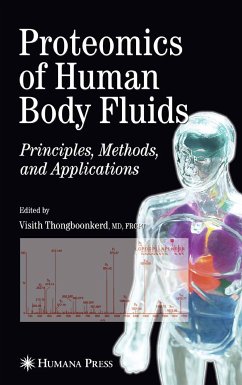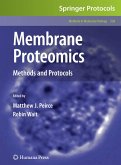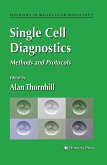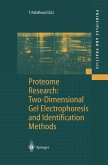The recent development of proteomics studies into clinical examinations of proteomics promises to lead toward the ultimate goals of earlier diagnosis, improved therapeutic outcome and successful prevention of diseases. In
Proteomics of Human Body Fluids: Principles, Methods, and Applications, top experts provide the premier collection of proteomics applications designed to analyze various human body fluids. Beginning with basic principles and strategies then exploring methodologies, recent findings, and clinical applications, this authoritative volume covers its subject in great detail from many angles.
Comprehensive and extensive,
Proteomics of Human Body Fluids: Principles, Methods, and Applications is an ideal reference for all scientists interested in this vital, growing field of study.
Dieser Download kann aus rechtlichen Gründen nur mit Rechnungsadresse in A, B, BG, CY, CZ, D, DK, EW, E, FIN, F, GR, HR, H, IRL, I, LT, L, LR, M, NL, PL, P, R, S, SLO, SK ausgeliefert werden.









